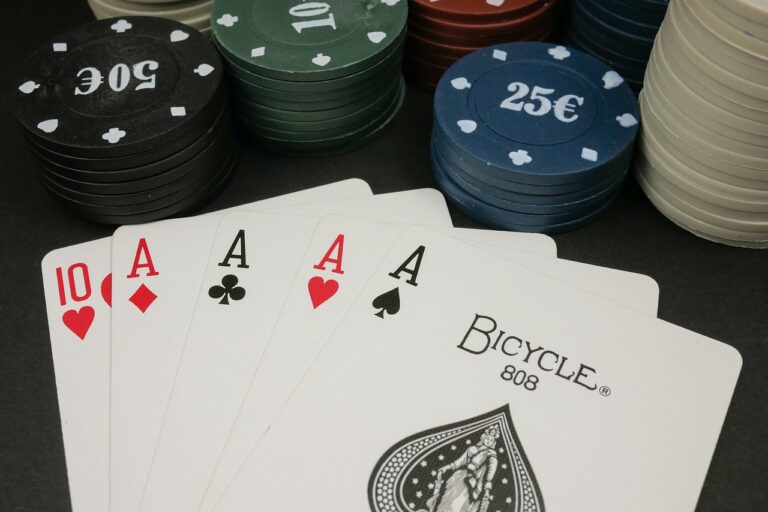Exploring the World of Retro Gaming: Nostalgia and Innovation
Retro gaming, a term synonymous with classic video games, has gained a strong following over the years. The history of retro gaming dates back to the early days of arcade games in the 1970s and quickly evolved with the introduction of home gaming consoles like the Atari 2600 and Nintendo Entertainment System (NES) in the 1980s. These gaming systems laid the foundation for the industry’s growth, captivating players with iconic games like Pac-Man, Space Invaders, and Super Mario Bros.
As technology advanced, the 1990s saw a shift towards more sophisticated gaming experiences with consoles like the Sega Genesis and Super Nintendo Entertainment System (SNES). These consoles raised the bar with improved graphics and gameplay mechanics, solidifying retro gaming as a beloved pastime for generations to come. Despite the evolution of gaming technology, the charm and nostalgia of retro games continue to captivate players of all ages, highlighting the enduring legacy of these timeless classics.
The Evolution of Retro Gaming Consoles
Retro gaming consoles have seen a remarkable evolution since their inception. The early consoles of the 1970s, like the Magnavox Odyssey and Atari Pong, laid the groundwork for what was to come. These pioneering consoles featured simple graphics and gameplay, captivating a generation of gamers with their novelty.
As technology advanced, the 1980s brought iconic consoles such as the Nintendo Entertainment System (NES) and Sega Master System. These systems introduced color graphics, improved sound capabilities, and a wider range of game genres. The competition between these two giants fueled innovation, leading to breakthroughs like the NES Zapper light gun and Sega’s pioneering use of 16-bit graphics.
Popular Retro Gaming Titles
In the world of retro gaming, there are iconic titles that have stood the test of time and continue to captivate gamers of all ages. One such game is “Super Mario Bros.” Released in 1985 for the Nintendo Entertainment System (NES), this platformer revolutionized the industry with its colorful graphics, catchy soundtrack, and innovative gameplay. The adventures of Mario and Luigi in the Mushroom Kingdom have become a timeless classic that remains beloved by gamers globally.
Another popular retro gaming title that has remained a fan favorite is “The Legend of Zelda.” Debuting in 1986, this action-adventure game follows the hero Link on a quest to rescue Princess Zelda and defeat the evil Ganon. Known for its intricate puzzles, engaging storyline, and open-world exploration, “The Legend of Zelda” franchise has spawned numerous sequels and continues to be a staple in the retro gaming community.
• “Super Mario Bros.” revolutionized the gaming industry with its colorful graphics and catchy soundtrack
• The adventures of Mario and Luigi in the Mushroom Kingdom have become a timeless classic
• “The Legend of Zelda” debuted in 1986 and follows hero Link on a quest to rescue Princess Zelda
• Known for its intricate puzzles, engaging storyline, and open-world exploration
• The franchise has spawned numerous sequels and remains a staple in the retro gaming community
What is considered retro gaming?
Retro gaming refers to playing and collecting video games and consoles from older generations, typically from the 1970s to the early 2000s.
Why are retro games still popular today?
Retro games are popular due to nostalgia, simplicity of gameplay, and the unique charm of older graphics and sound effects.
What are some popular retro gaming titles?
Some popular retro gaming titles include Super Mario Bros., The Legend of Zelda, Sonic the Hedgehog, Pac-Man, and Tetris.
How can I play retro games today?
You can play retro games on original consoles, through emulation on a computer, or by purchasing remastered versions on modern gaming platforms.
Are retro gaming consoles still being produced?
Some companies produce retro-inspired consoles that come pre-loaded with classic games, but original retro gaming consoles are no longer being manufactured.







